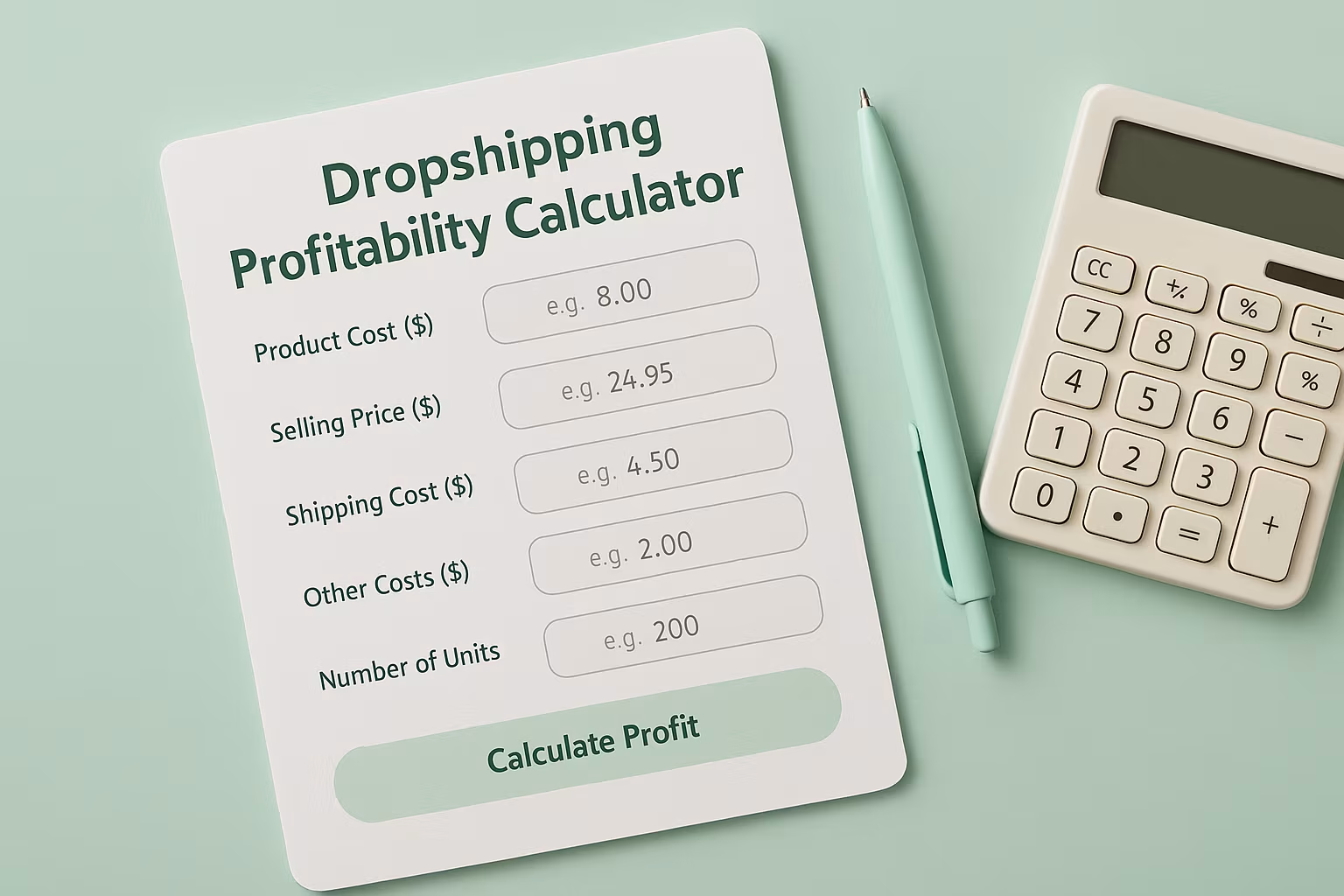
Backorders account for 30% of lost sales in e-commerce, often due to poor inventory visibility or delayed supplier communication.
Yet when managed well, they can become a competitive advantage that boosts customer trust and retention.
Learn how to improve backorder management fast and turn supply issues into standout service moments. A proactive strategy not only protects revenue but also enhances the overall shopping experience.
Quick Fixes to Improve Backorder Management Today
Backorder management doesn't need to be overwhelming. These immediate action steps can transform your approach and deliver fast results:
Implement Real-Time Inventory Tracking
The foundation of effective backorder management starts with knowing exactly what you have in stock at all times. Real-time inventory tracking eliminates guesswork and prevents overselling products you don't have.
To implement this quickly:
- Connect your e-commerce platform directly to your warehouse management system
- Set up automatic alerts when inventory reaches predetermined thresholds
- Use barcode scanning for accurate receiving and fulfillment processes
These integrations create a single source of truth across all sales channels, giving your team confidence in inventory data and preventing the frustration of discovering stock discrepancies after orders are placed.
Optimize Your Backorder Communication Strategy
When backorders do occur, clear communication becomes your most powerful tool. Customers are generally understanding about delays when they're informed promptly and honestly.
Create standardized backorder notification templates that include:
- Acknowledgment of the backorder situation
- Expected timeline for product availability
- Alternative product suggestions
- Special offer or discount for the inconvenience
Automating these communications ensures customers receive timely updates without requiring manual intervention from your team. This approach maintains transparency while providing good customer service even when dealing with backorders.
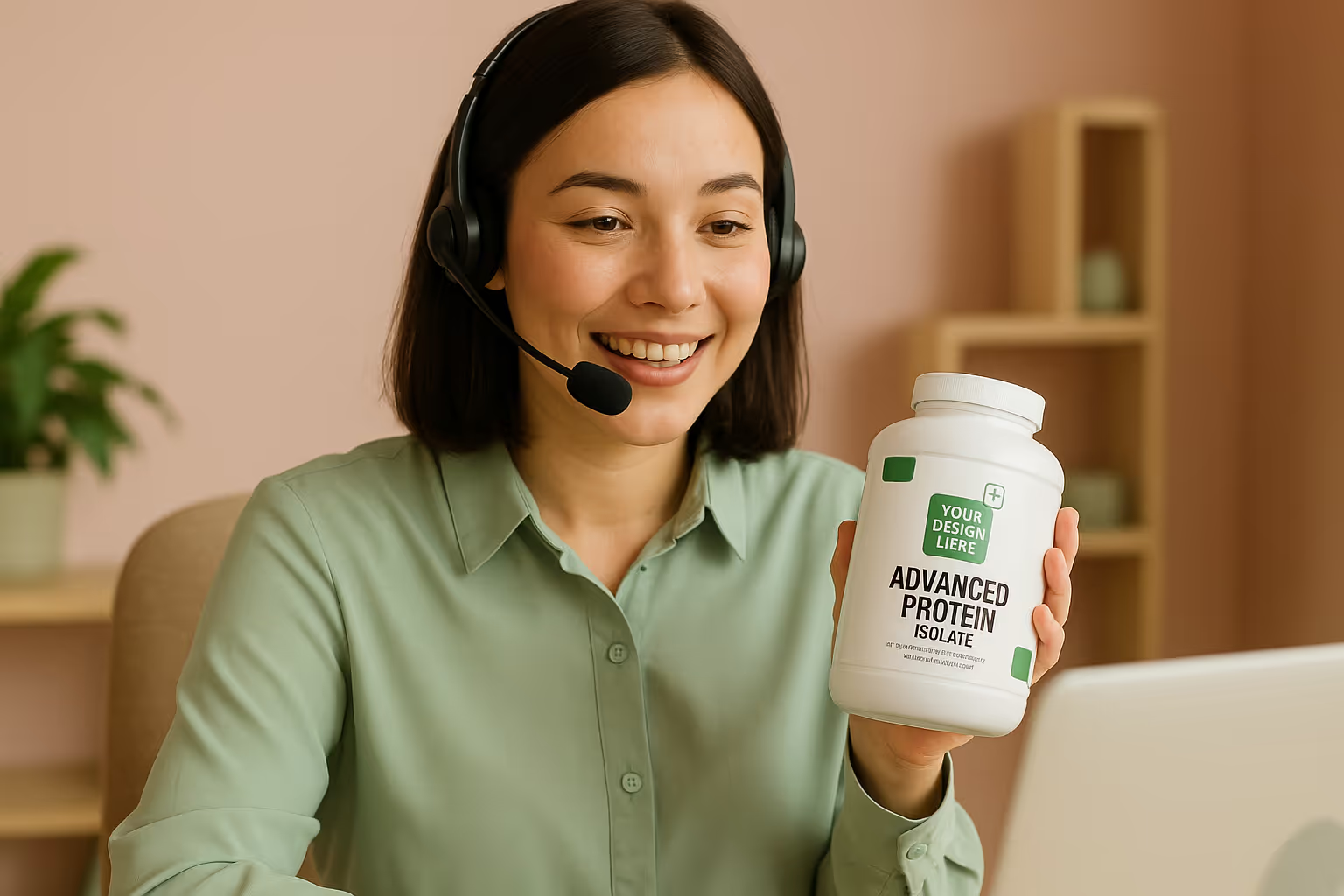
Establish Priority Fulfillment Rules
Not all backorders should be treated equally. Creating a systematic approach to backorder fulfillment helps you satisfy your most valuable customers first.
Consider prioritizing backorders based on:
- Customer lifetime value
- Subscription vs. one-time purchases
- Order value
- Length of customer relationship
- Special customer status (VIP, wholesale, etc.)
These rules ensure your most valuable customers experience minimal disruption, protecting the relationships that contribute most to your business's success.
Backorders are responsible for up to 30% of lost e-commerce sales, but most of that is preventable. With a few quick operational tweaks, you can dramatically reduce backorder issues while strengthening customer trust.
Here’s a rapid-action reference to help you manage backorders like a pro.
Advanced Strategies for Long-Term Backorder Management
While quick fixes provide immediate relief, implementing these more sophisticated strategies creates a robust system for managing backorders in the long run.
Diversify Your Supply Chain
Relying on a single supplier creates significant vulnerability in your inventory management. Working with multiple suppliers provides alternative sourcing options when your primary vendor experiences delays.
When diversifying:
- Identify backup suppliers for your most critical products
- Consider geographic diversity to mitigate regional disruptions
- Negotiate flexible minimum order quantities
- Maintain strong relationships with all vendors through consistent communication
Pro tip: When selecting backup suppliers, prioritize those with complementary production schedules to your primary vendors. This approach ensures you'll have access to inventory even during industry-wide seasonal production slowdowns.
Implement Demand Forecasting Technology
Modern demand forecasting tools use artificial intelligence and machine learning to predict inventory needs with remarkable accuracy.
These technologies analyze historical sales data, seasonal trends, and even external factors like weather patterns or economic indicators.
The most effective forecasting tools:
- Integrate seamlessly with your existing tech stack
- Allow for manual adjustments based on marketing initiatives
- Account for product lifecycle stages
- Continuously improve as they gather more data
Implementing even basic forecasting capabilities dramatically reduces backorder situations by helping you anticipate demand spikes before they occur.
Reconsider Your Inventory Model
The traditional approach of purchasing large quantities to secure volume discounts often creates more problems than it solves. Consider transitioning to a more flexible inventory model:
- Just-in-Time (JIT) Inventory: Orders inventory to arrive precisely when needed, reducing carrying costs but requiring excellent supplier relationships.
- Safety Stock: Maintains a buffer of additional inventory for popular products to absorb demand fluctuations.
- Drop Shipping: For certain product categories, transitioning from holding inventory to drop shipping can eliminate backorder concerns.
- Hybrid Approaches: Many successful businesses maintain core inventory in-house while leveraging external fulfillment partners for seasonal or specialty items.

The right approach depends on your specific business model, product characteristics, and customer expectations. Many businesses find that a fulfillment solution that combines multiple approaches offers the best balance of efficiency and reliability.
Technology Solutions for Streamlined Backorder Management
Leveraging the right technology transforms backorder management from a reactive scramble to a proactive, systematic process.
Automated Order Management Systems
Modern order management systems (OMS) do far more than simply track orders. They provide end-to-end visibility from the moment an order is placed through delivery, with specific features for backorder handling:
- Automatic customer notifications when an item is backordered
- Visibility into expected replenishment dates
- Ability to split orders to ship available items immediately
- Options for customers to cancel backorder items without canceling the entire order
These capabilities maintain customer satisfaction while minimizing the administrative burden on your team. Automating order fulfillment specifically for platforms like Shopify can dramatically improve operational efficiency.
Predictive Analytics for Inventory Planning
Predictive analytics tools help identify potential stock out situations before they occur, giving you time to adjust ordering patterns. These tools:
- Flag products with accelerating sales velocity
- Identify seasonal patterns that might affect specific product categories
- Alert you to potential supply chain disruptions
- Recommend optimal reorder points based on lead times and sales trends
This proactive approach to inventory management prevents many backorder situations from developing in the first place.
Customer-Facing Backorder Features
The technology visible to your customers plays a crucial role in backorder management. Consider implementing:
- Pre-order capabilities that set appropriate expectations from the start
- Waitlist features that notify customers when products become available
- Estimated shipping dates on product pages for backordered items
- "Email me when available" options to capture demand without creating backorders
These features transform potential disappointments into opportunities for future sales while giving customers control over their purchasing decisions.
Measuring Success in Backorder Management
Improvement requires measurement. Tracking these key performance indicators (KPIs) helps quantify your progress in backorder management:
Critical Metrics to Monitor
- Backorder Rate: The percentage of orders containing at least one backordered item. Target a consistent downward trend in this metric.
- Backorder Resolution Time: The average time between when an item goes on backorder and when it ships to the customer. Shorter is always better.
- Backorder Cancellation Rate: The percentage of backordered items that customers ultimately cancel. High cancellation rates signal customer frustration.
- Customer Satisfaction Scores for Backordered Items: How satisfied customers remain despite experiencing a backorder. This metric helps evaluate your communication effectiveness.
- Inventory Turnover Rate: How quickly you sell through and replace inventory. This metric helps identify optimal stocking levels.
Establishing benchmarks for these metrics provides clear targets for improvement efforts and helps justify investments in better inventory management systems.
Customer Service Strategies During Backorder Situations
Even with perfect systems, backorders will occasionally occur. How your team handles these situations determines whether customers return or look elsewhere.
Training Your Team for Backorder Scenarios
Customer service representatives need specific training for backorder situations, including:
- Scripts for proactively communicating delays
- Authority to offer appropriate compensation for the inconvenience
- Clear guidelines on when to suggest alternative products
- Access to accurate information about expected availability dates
Empowered representatives transform potentially negative experiences into demonstrations of your commitment to customer satisfaction.
Compensation Strategies for Inconvenienced Customers
When customers experience backorders, appropriate compensation acknowledges the inconvenience while encouraging continued loyalty:
- Free expedited shipping once the item becomes available
- Discount codes for future purchases
- Complimentary add-on products
- Loyalty points or store credit
The optimal approach balances cost against customer lifetime value, with more generous compensation reserved for your most valuable customers.

Prevention: The Ultimate Backorder Management Strategy
While effective backorder management is essential, preventing backorders entirely represents the ideal scenario. These preventative strategies minimize backorder occurrences:
Implementing Safety Stock Thresholds
Safety stock, additional inventory beyond expected demand, creates a buffer against supply chain disruptions and unexpected demand spikes. Calculating appropriate safety stock levels involves:
- Analyzing historical sales data for variability
- Assessing supplier reliability and lead times
- Considering product seasonality and lifecycle stage
- Evaluating the cost of carrying extra inventory against stock out costs
The optimal safety stock level balances inventory carrying costs against the potential revenue loss and customer dissatisfaction of stock outs.
Strategic Buffer Inventory for Critical Products
Not all products deserve the same inventory treatment. For products critical to your business: bestsellers, signature items, or products with historically volatile demand, maintain higher buffer inventory levels.
Identify these products by analyzing:
- Contribution to overall revenue
- Customer acquisition value (products that bring in new customers)
- Substitutability (whether acceptable alternatives exist)
- Reorder lead time length
Concentrating your inventory investment on these critical items maximizes protection against the most damaging potential stock outs.
Leveraging Just-in-Time Manufacturing Partnerships
For products with predictable demand, just-in-time manufacturing partnerships reduce inventory investment while maintaining availability. These arrangements work particularly well for private label products where you control the production timeline.
Successful just-in-time partnerships require:
- Excellent communication systems
- Shared demand forecasts
- Clear production capacity commitments
- Contingency plans for unexpected demand
When properly executed, these partnerships provide inventory flexibility without requiring massive warehouse space.
Strategic Supplier Tiering: The Expert's Advantage in Backorder Prevention
Advanced inventory managers don’t just keep backup suppliers; they tier them for speed and reliability.
Tier 1 suppliers handle high-volume, critical products due to their fast turnaround and proven accuracy. Tier 2 vendors serve as reliable backups with occasional orders to keep the relationship active. Tier 3 suppliers cover niche or seasonal items, used only when needed.
By maintaining light but consistent engagement across all tiers, you can pivot quickly when delays hit, without scrambling for new options. This layered supplier strategy minimizes disruptions and keeps your fulfillment process agile and predictable.
Transforming Your Backorder Approach for Lasting Success
Backorder management doesn’t have to be your business’s weakness. With the right strategy, it can become a competitive edge. Start with the quick fixes, then scale up to more advanced solutions as your operations grow. Track your progress, refine your systems, and celebrate small wins along the way.
Perfect inventory management isn’t about eliminating backorders; it's about managing them so well that they build trust, not frustration. Clear communication, realistic expectations, and consistent delivery make all the difference.
FAQ
Related blogs
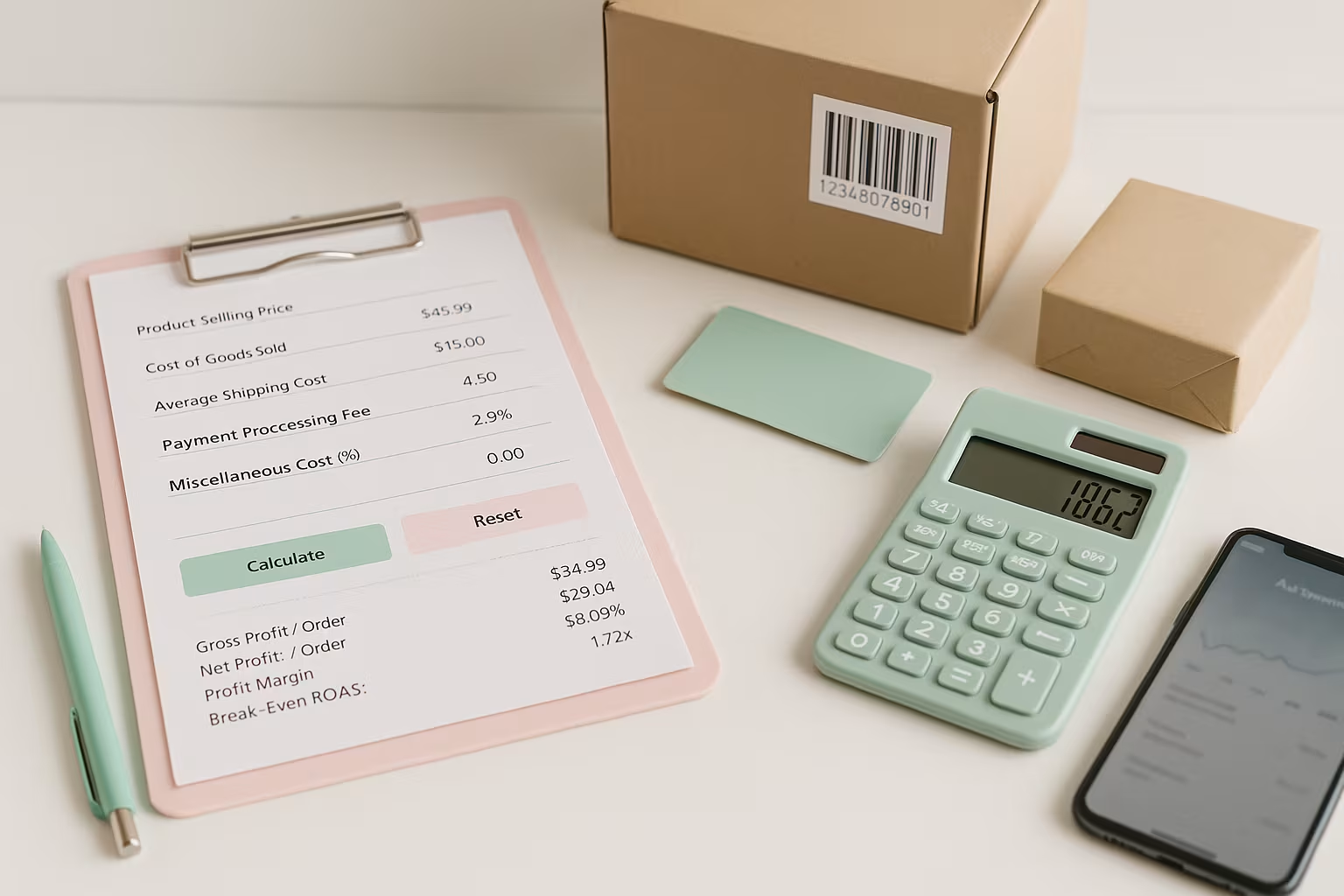
Break-Even ROAS Calculator: Find Out What You Can Afford to Spend on Ads
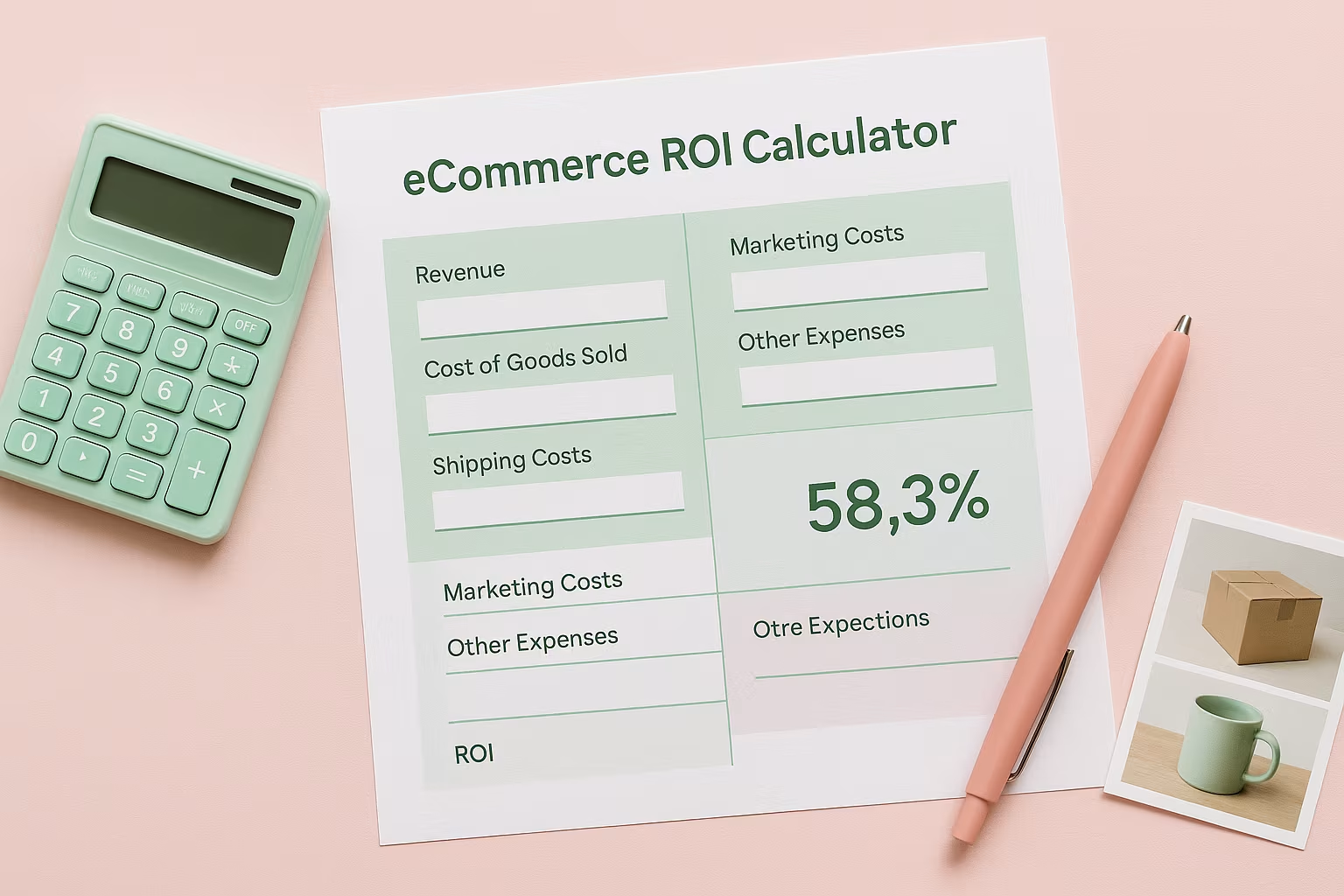
Ecommerce ROI Calculator: Scale Your Store
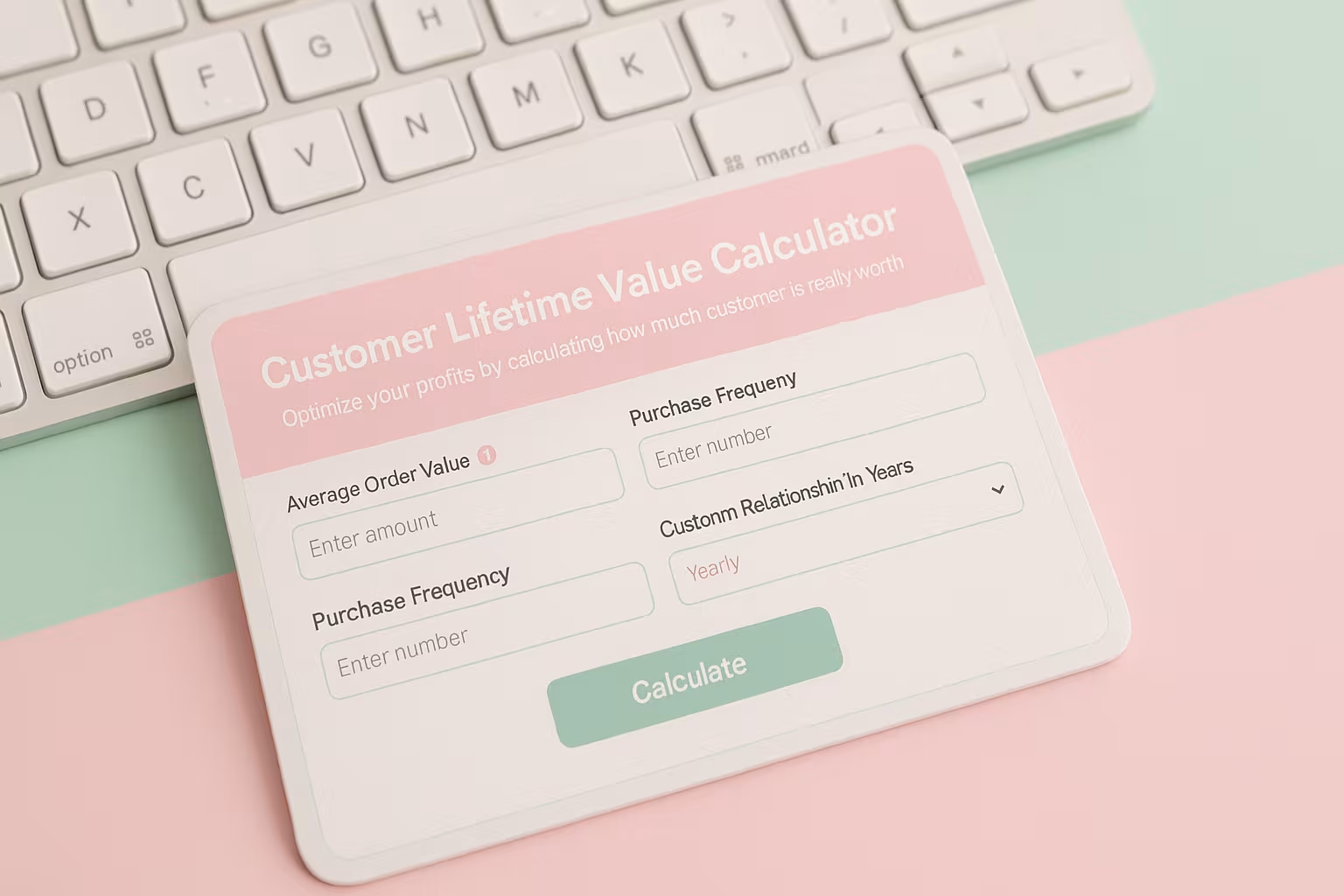
Customer Lifetime Value Calculator: Unlock Your E-commerce Revenue Potential
